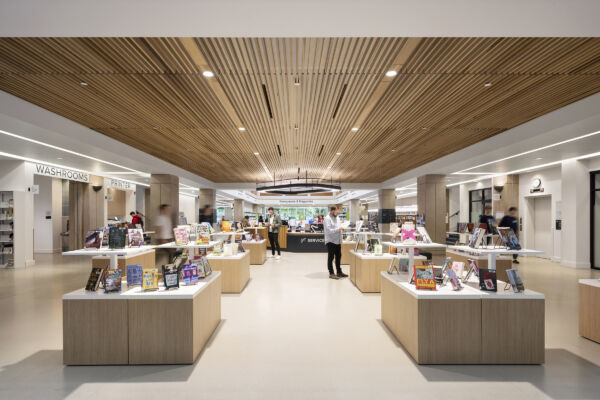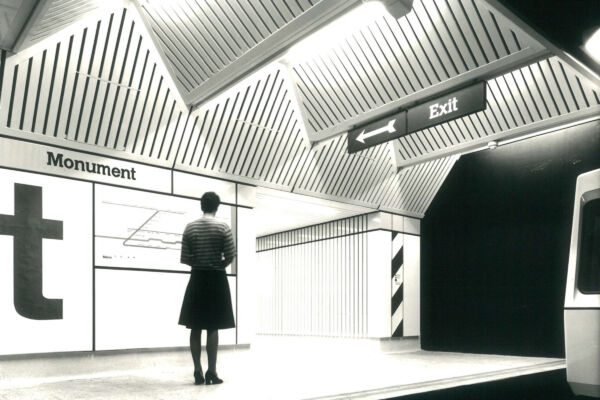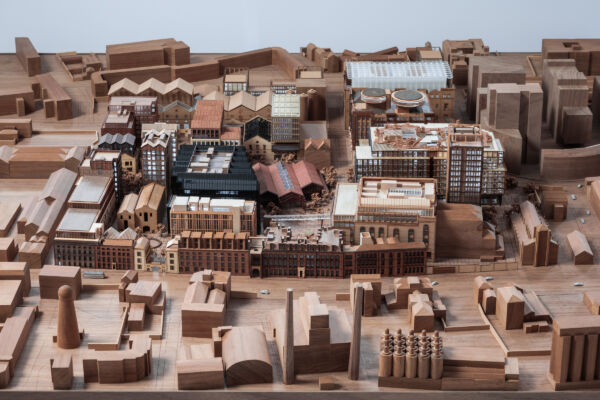Celebrating its 18th year running, National Apprenticeship Week 2025 comes at a critical time, as we face future government funding for such built environment apprenticeships at risk of being withdrawn.
As a practice that helped establish the Architect Degree Apprenticeship at Northumbria University at its outset, we continue to support apprentices who are gaining full-time, practical experience in architecture while studying.
It feels more important than ever to highlight the value of apprenticeships in architecture.
























